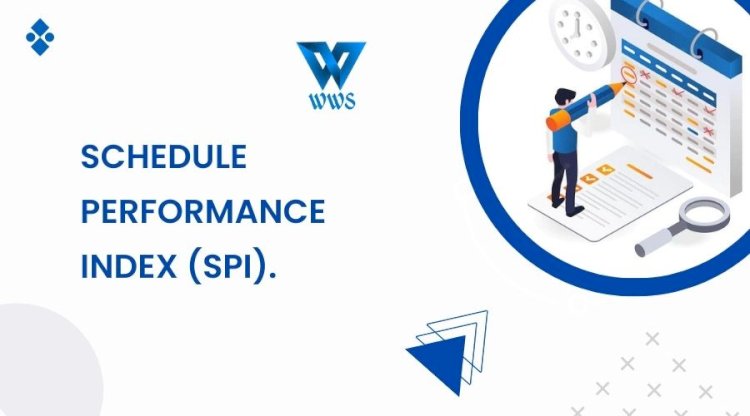Schedule Performance Index (Spi) In Healthcare Contracting
WWS applies the The schedule performance index (SPI) as a useful metric to help you measure the performance of your heacredentailing & contracting process. The SPI formula is a ratio of the budget and the time it takes to complete work. Therefore, the SU is calculated by dividing the EV by the PV. You can then multiply this number by 100: SU = EV / PV x 100

How to Calculate Your SPI
The SPI is calculated by taking the ratio of the product of SU and PV, which is called the SPIR (SPI Ratio).
The calculation for calculating your SPI is as follows:
- Take the sum of all values in column H (Sum-of-U), divided by total number of providers. Then multiply this result by 100%. This gives you a percent change from your baseline year to current year.
- Multiply that percent change with 7% to get your projected value for next year's expected payment rate (EPiR).The schedule performance index (SPI) formula is a ratio of the budget and the time it takes to complete work. Therefore, the SU is calculated by dividing the EV by the PV. You can then multiply this number by 100:The schedule performance index (SPI) is a ratio of the budget and the time it takes to complete work. Therefore, the SU is calculated by dividing the EV by the PV. You can then multiply this number by 100:
- SU = EV / PV x 100
- To calculate the SPI, you must have data on the following three factors in order to determine how well your project is performing:
- EV - The amount of money earned by the company during its current period. This is typically measured as a percentage of total revenue or cost, but it can also be calculated as an absolute dollar amount (e.g., $20 million).
- PV - The amount of money spent by the company during its current period. This is typically measured as a percentage of total expenses or cost (e.g., 40 percent), but it can also be calculated as an absolute dollar amount (e.g., $40 million).
- SU - An index that indicates how well projects are performing overall and whether they should continue operating under their current conditions or need some form of change in approach or strategy
Conclusion
Now that you understand how to calculate the schedule performance index (SPI), it’s time to put this formula into practice. We can apply what we've learned here by estimating our performance on every single task in our project plan and then adding up all of those numbers. This gives us a better idea of how well we did overall compared with our peers who were also working on similar projects at the same time period.
Maximize Your Payer Network – Get In Touch With A Contracting Expert In Your Region

 Martin Jacob
Martin Jacob 












